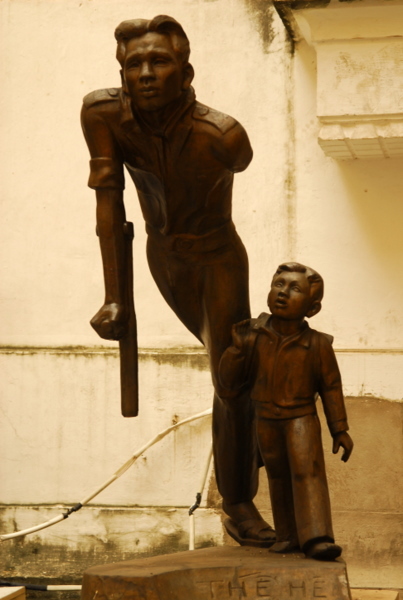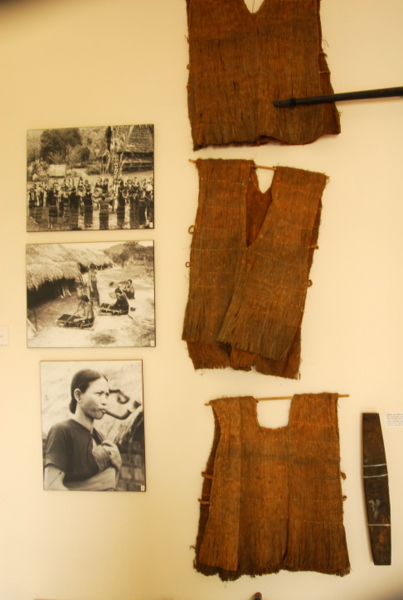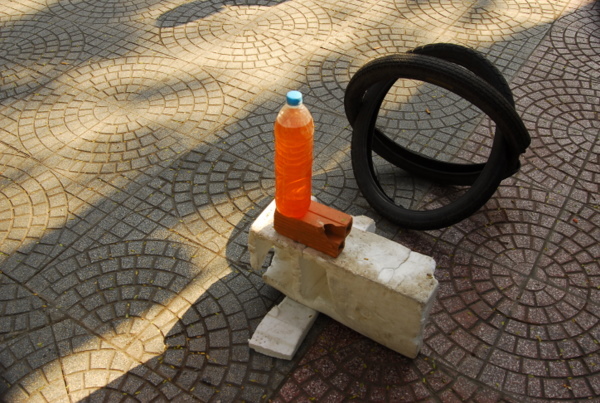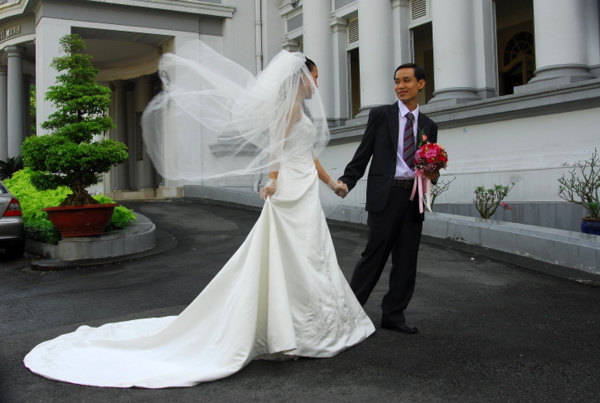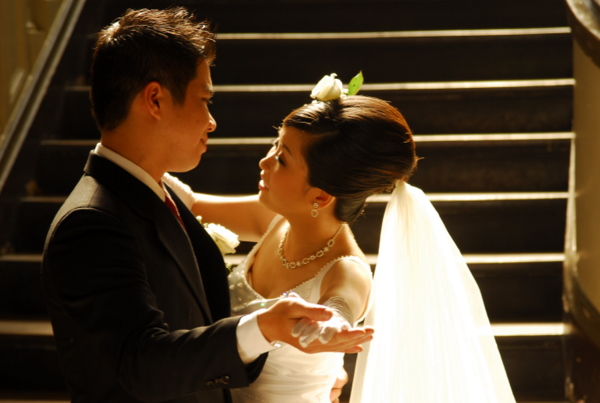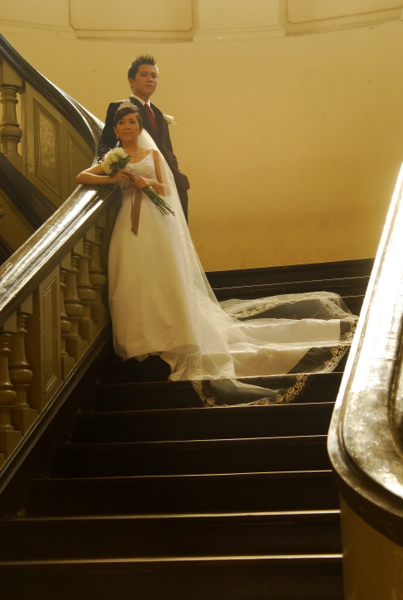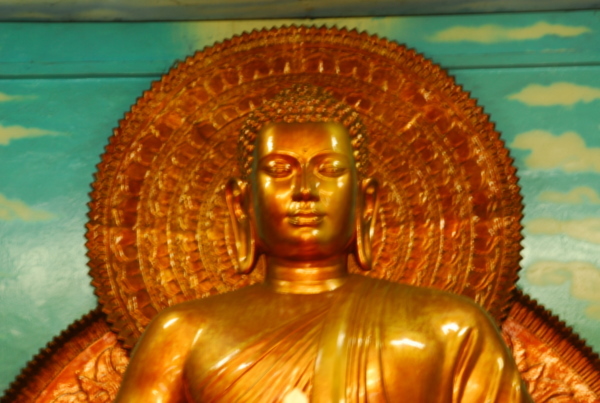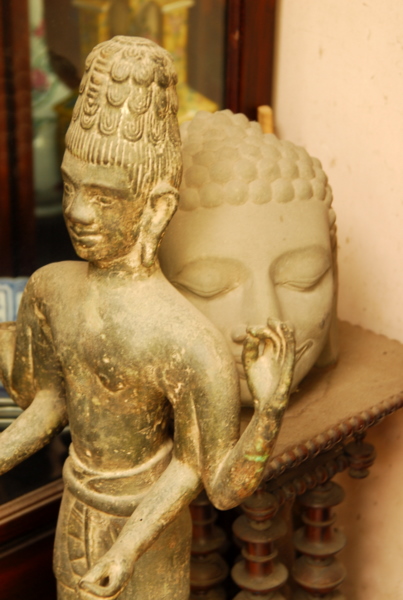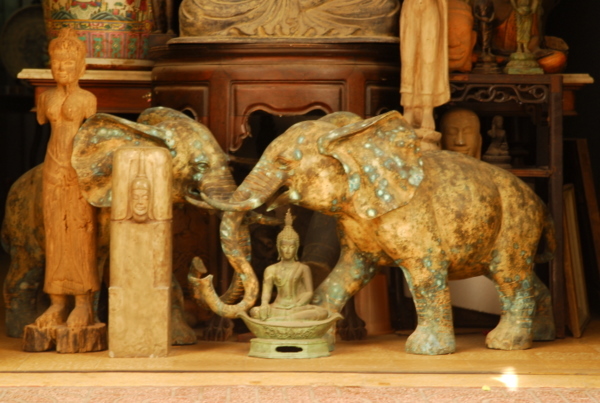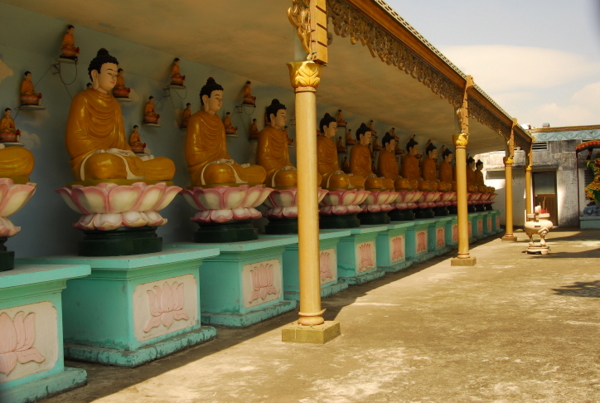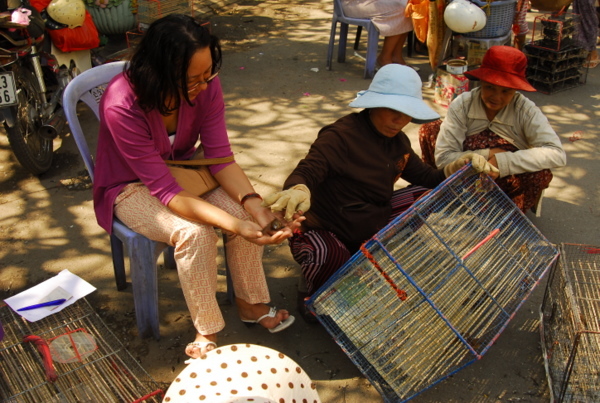Gator Aid
Greetings,
My name is Ali Gator. I live on a farm with 200 friends near Saigon. I used to live in the Mekong River but was trapped by some greedy animal poachers and brought here. Many humans are too greedy and clever for their own good. They use me for breeding. The babies are sold to restaurants. Bye-bye baby.
One tropical afternoon a group of us were relaxing by the pool after our weekly vegetarian lunch. Surely initiated the idea. She knows a thing or two about consumption habits.
"You know what we need to do is expand. I suggest we create a line of bags, belts, shoes, purses and accessories made of human skin."
Aghast, a strong-willed female member of the dwindling population has a degree in marketing.
"I agree," she said. "Considering the passion carnivores crave for designer wear so they can make a fashion statement, it's only logical to assume Italian, French and English skins will provide us the color, texture, suppleness, elasticity, diversity, durability and above all the QUALITY demanded and expected by millions of animals."
"Remember their eyes," said Esther.
"What about them?" sang the chorus.
"They make great buttons."
"Yes," replied Grace. "We should respect them and recycle everything."
Scales, with a background in finance and dodgy mergers spoke up.
"I've done a cost-benefit-analysis and it's doable. Human skin resources are cheap and plentiful. Sweatshop labor manufacturing and production facilities are already up and running. Our biggest hurdles are the ethical values of the end consumer. I mean, why would a Siberian tiger, whale, Malayan sun bear, elephant, cobra, eagle, or pileated gibbon be caught dead wearing anything made of human skin? It's beyond me."
"Everything is beyond you," countered Minksy a new member of our slumbering tribe. "It's all a matter of personal taste."
We took a vote. It was unanimous. "Hooray! Let the hunt begin!"
We celebrated with a round of drinks made with human blood. This is perfect timing, I thought, seeing all my friends in a new light. We'd create a new line of human skin products to be introduced worldwide before the holidays. It's a wonderful life.
Metta.
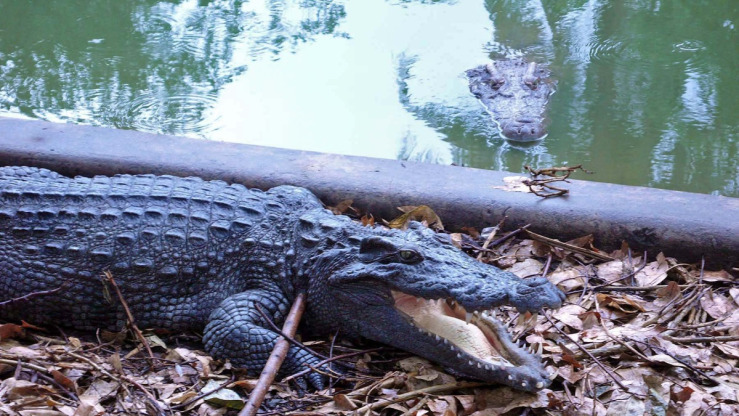






 Share Article
Share Article 